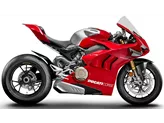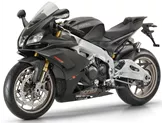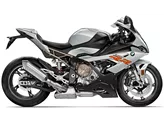Aprilia RSV4 1100 Factory 2020 vs. Kawasaki Ninja ZX-10R 2012
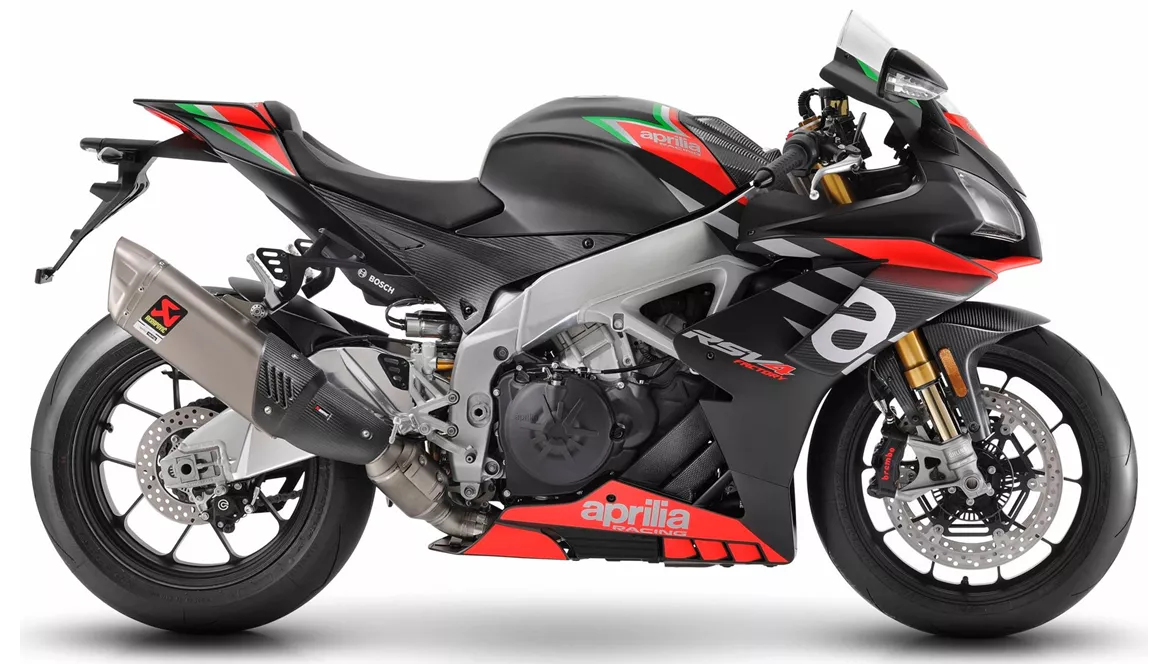
Aprilia RSV4 1100 Factory 2020

Kawasaki Ninja ZX-10R 2012
Vue d’ensemble - Aprilia RSV4 1100 Factory 2020 vs Kawasaki Ninja ZX-10R 2012
The Aprilia RSV4 1100 Factory 2020 and the Kawasaki Ninja ZX-10R 2012 are both powerful supersport motorcycles with impressive specifications. However, there are notable differences between the two models.
Starting with the engine, the Aprilia RSV4 1100 Factory 2020 features a V4 engine with a displacement of 999.6cc, producing 217 HP of power and 115 Nm of torque. On the other hand, the Kawasaki Ninja ZX-10R 2012 has an inline 4-cylinder engine with a displacement of 998cc, delivering 200.1 HP of power and 114.3 Nm of torque. Both engines offer strong performance, but the Aprilia has a slight advantage in terms of power output.
In terms of suspension, both motorcycles feature upside-down telescopic forks at the front. This provides excellent stability and control during aggressive riding. The chassis of both bikes is made of aluminum, which helps to keep the weight down and improve handling.
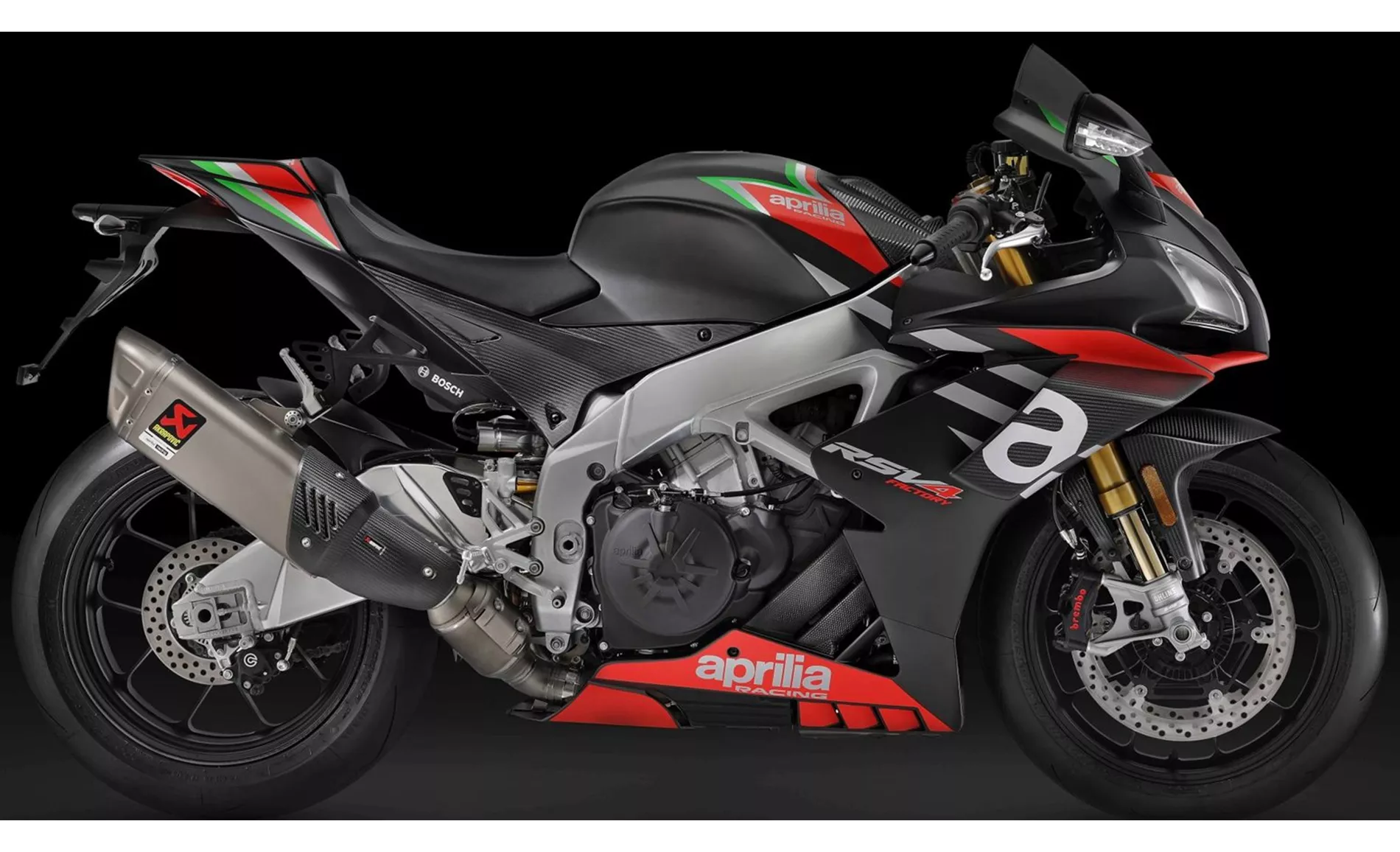
Aprilia RSV4 1100 Factory 2020
When it comes to braking, both models are equipped with double disk brakes at the front. However, the Aprilia RSV4 1100 Factory 2020 utilizes radial monoblock technology, which offers superior braking performance compared to the Kawasaki Ninja ZX-10R 2012's radial petal technology. This gives the Aprilia an edge in terms of stopping power.
In terms of dimensions and weights, the Aprilia RSV4 1100 Factory 2020 has a front tire width of 120mm and a rear tire width of 200mm, while the Kawasaki Ninja ZX-10R 2012 has a front tire width of 120mm and a rear tire width of 190mm. Both motorcycles have 17-inch wheels. The wheelbase of the Aprilia is 1420mm, while the Kawasaki has a shorter wheelbase of 1115mm. The seat height of the Aprilia is 845mm, slightly higher than the Kawasaki's seat height of 813mm. Additionally, the Aprilia has a larger fuel tank capacity of 18.5 liters, compared to the Kawasaki's 17 liters.
In terms of strengths, the Aprilia RSV4 1100 Factory 2020 offers a mesmerizing sound from its V4 engine and delivers exceptional power from around 6,000 revs. It also boasts a great chassis and excellent braking performance, making it a perfect choice for trackdays. On the other hand, the Kawasaki Ninja ZX-10R 2012 offers powerful peak power from its engine and provides ABS and traction control together, enhancing safety.

Kawasaki Ninja ZX-10R 2012
However, the Aprilia RSV4 1100 Factory 2020 does have some weaknesses. It lacks low-end power below 5,000 revs, and the seating position can be strenuous on country roads. Taller riders may also need to test drive it to ensure a comfortable fit. Additionally, the Aprilia comes with a higher price tag compared to the Kawasaki.
The Kawasaki Ninja ZX-10R 2012 also has a few weaknesses. Its handling may not be optimal for faster routes, and the braking performance may diminish over time.
In conclusion, the Aprilia RSV4 1100 Factory 2020 and the Kawasaki Ninja ZX-10R 2012 are both impressive supersport motorcycles with their own strengths and weaknesses. The Aprilia offers a more powerful engine and superior braking performance, while the Kawasaki provides ABS and traction control. Ultimately, the choice between the two will depend on the rider's preferences and priorities.
Caractéristiques techniques Aprilia RSV4 1100 Factory 2020 par rapport à Kawasaki Ninja ZX-10R 2012
Avantages et inconvénients en comparaison
Avantages et inconvénients en comparaison
Aprilia RSV4 1100 Factory 2020
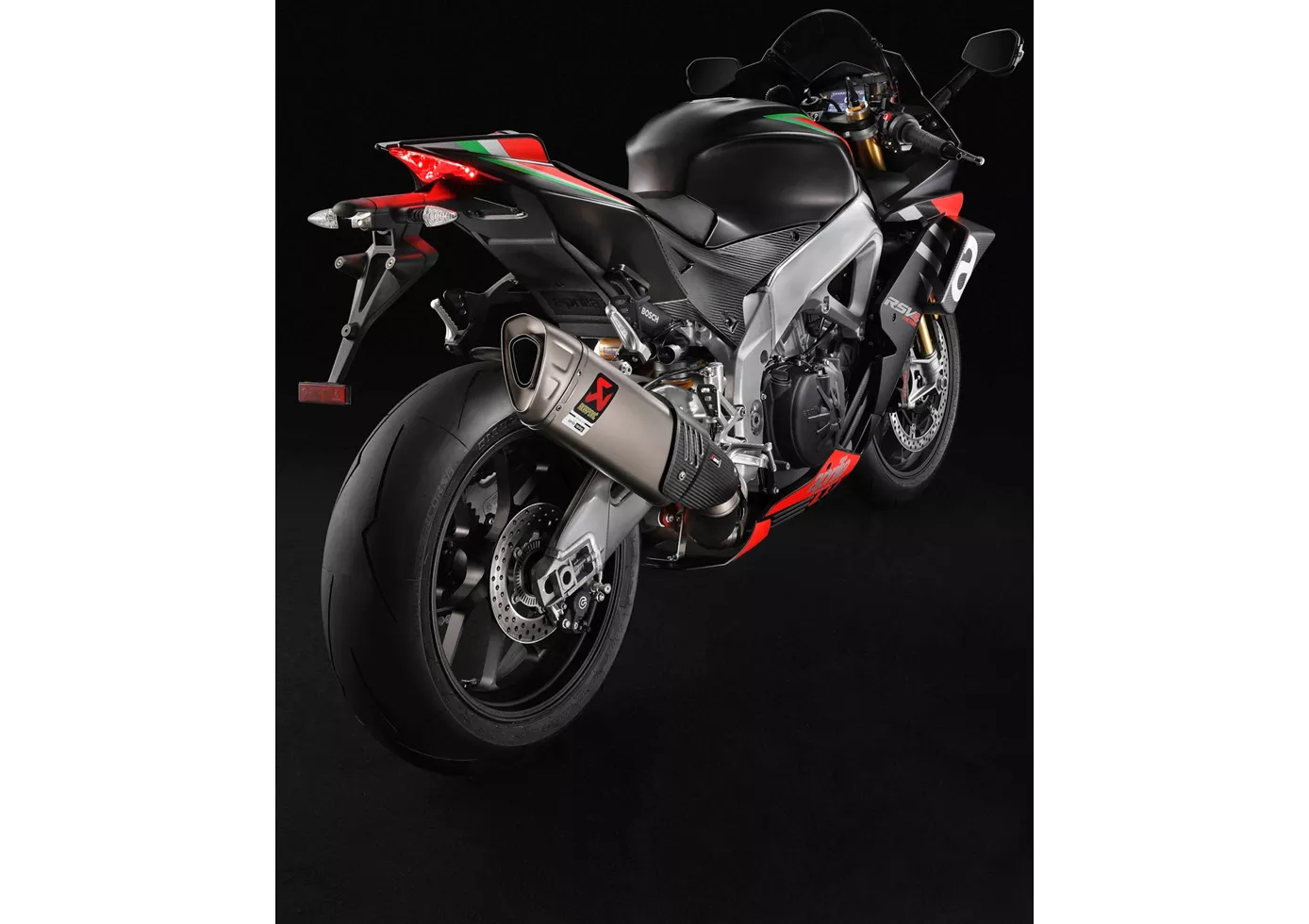
Avec sa cylindrée de 1.077 cm3, elle n'entre certes pas dans le cadre d'un règlement de course courant, mais pour les pilotes amateurs ambitieux, l'augmentation de la cylindrée permet une conduite encore plus facile. Pour le châssis, on a misé sur le meilleur du meilleur. Le cadre à pont en aluminium, qui a fait ses preuves, est équipé de la dernière génération de suspensions électroniques Öhlins. Celle-ci a parfaitement fonctionné lors de notre test, mais a toujours été assez dure pour la route. En ce qui concerne les performances de freinage, on fait confiance aux élégants étriers Brembo Stylema, qui mordent dans un double disque de 330 mm à l'avant. Bien dosés, incroyablement précis et extrêmement stables, même sur la piste de course - cela plaît. L'ergonomie est très compacte. Avec une hauteur de 845 mm, on est assis assez haut. Les embouts de guidon semblent donc placés relativement bas. Beaucoup de poussée sur la roue avant, parfait pour la piste de course. Dans l'ensemble, l'Aprilia, avec son châssis de haute qualité orienté vers la course et sa position de conduite agressive, fournit toujours un feedback clair et une stabilité grandiose en toutes circonstances. Une base parfaite pour les trackdays ou pour une transformation sur piste de course.
Kawasaki Ninja ZX-10R 2012

Pour aucune autre moto, les pilotes d'essai n'auraient autant souhaité pouvoir mettre la main à la pâte, au moins un peu. Car la Ninja ZX-10R est une moto qui offre une excellente base pour la piste de course. Contrairement aux trois autres japonaises, elle est radicale et offre des performances de pointe compétitives par rapport à BMW et Ducati.
Comparaison des prix Prix moyen du marché Aprilia RSV4 1100 Factory vs Kawasaki Ninja ZX-10R
There are a few key differences between a Aprilia RSV4 1100 Factory 2020 and a Kawasaki Ninja ZX-10R 2012. It takes less time to sell a Kawasaki Ninja ZX-10R with 97 days compared to 118 days for the Aprilia RSV4 1100 Factory. Since model year 2019 1000PS.de editors have written 15 reviews for the Aprilia RSV4 1100 Factory and 51 reviews for the Kawasaki Ninja ZX-10R since model year 2005. The first review for the Aprilia RSV4 1100 Factory was published on 11/3/2018 and now has more than 61,300 views. This compares to more than 2,900 views for the first review on Kawasaki Ninja ZX-10R published on 1/11/2004.
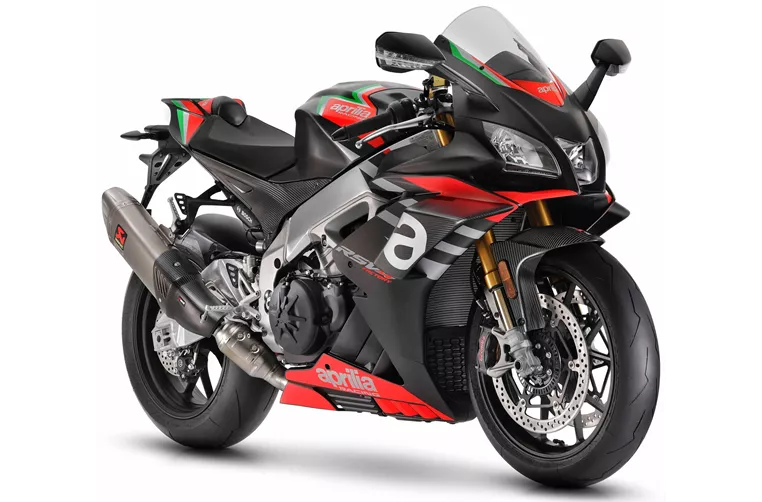

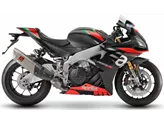
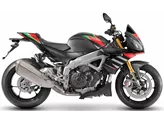
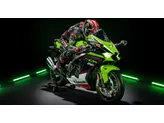
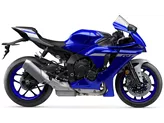

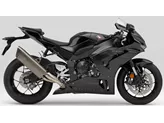
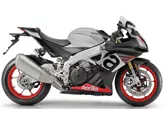
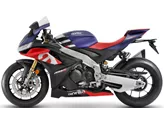
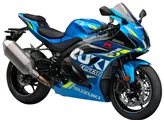
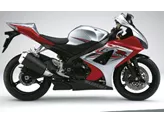
/gr.jpg?format=webp&quality=80&trim.threshold=80&trim.percentpadding=1&width=164&height=123)
